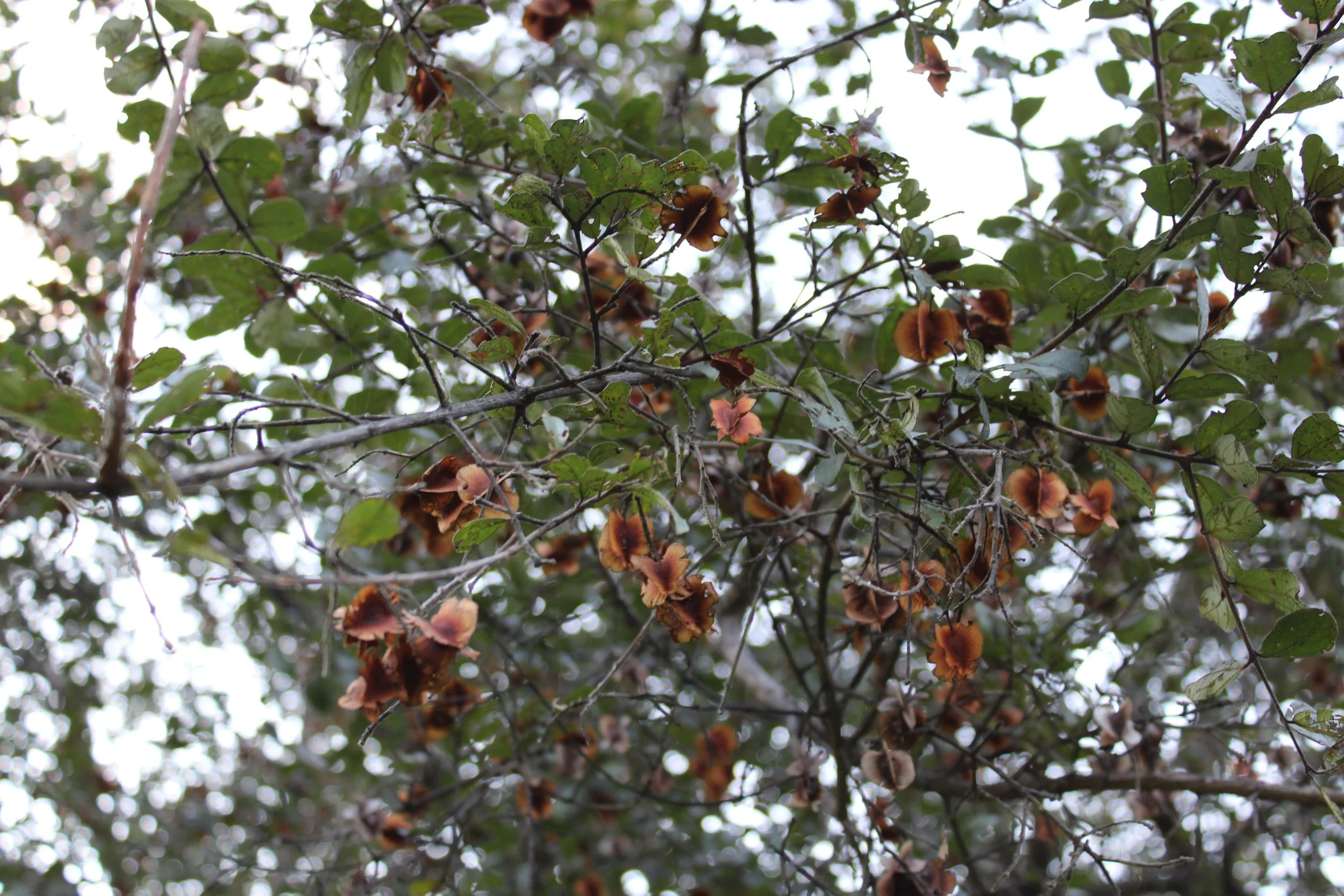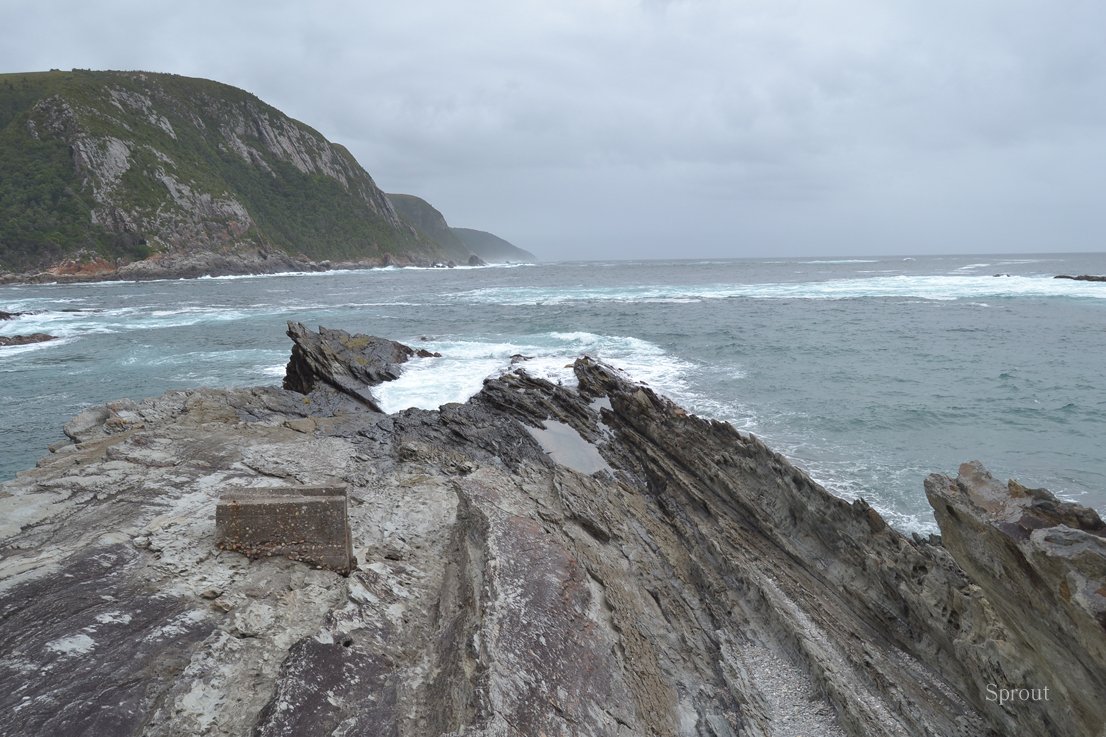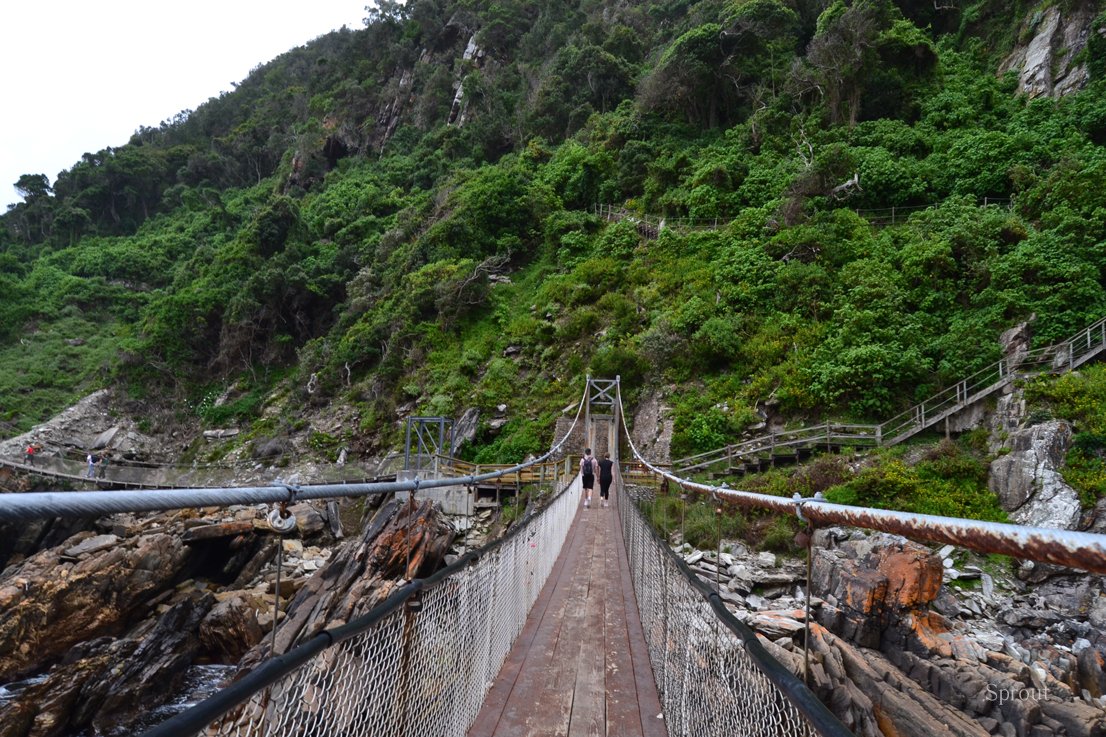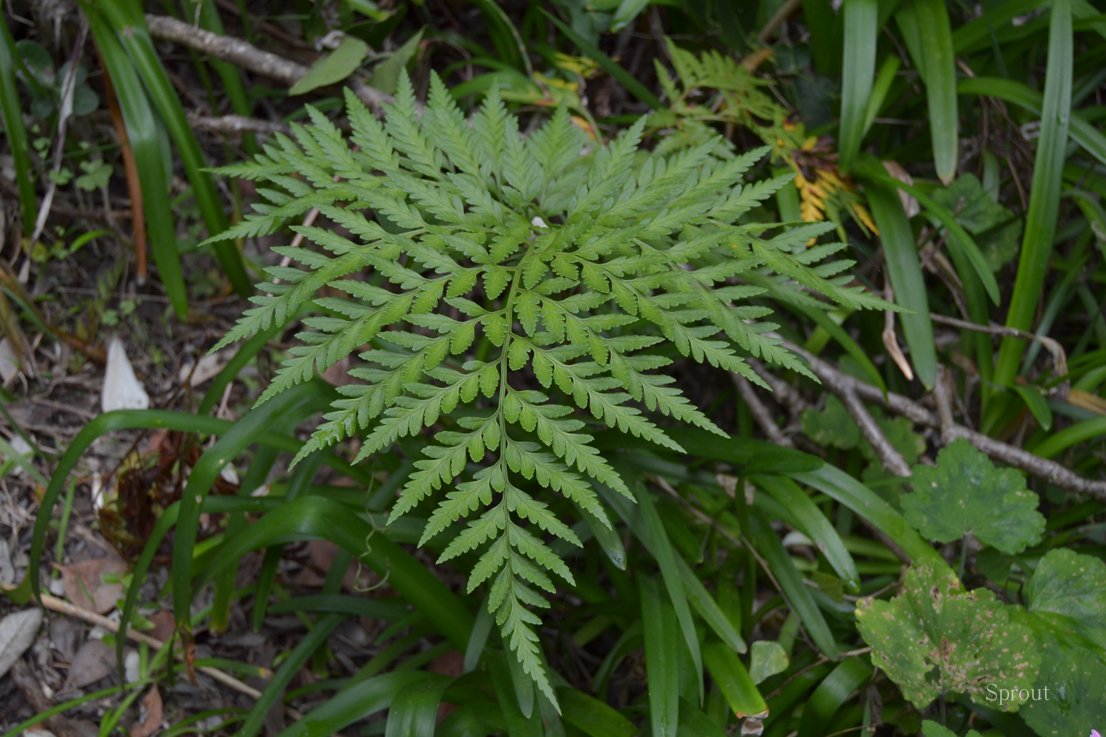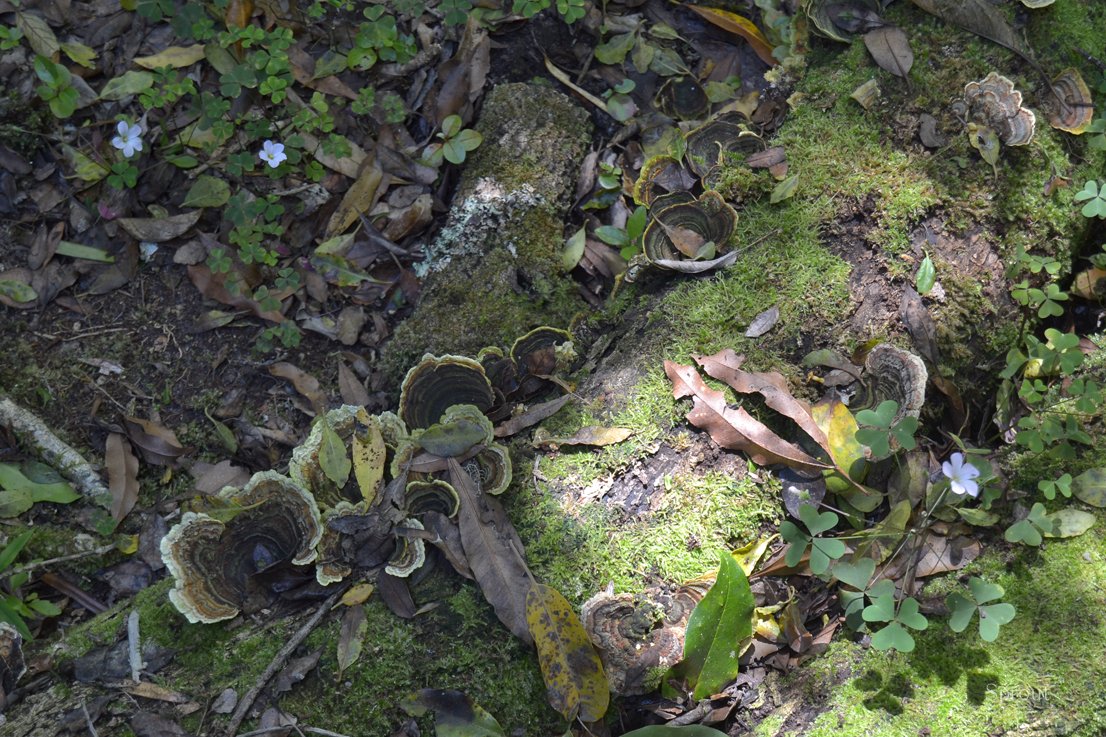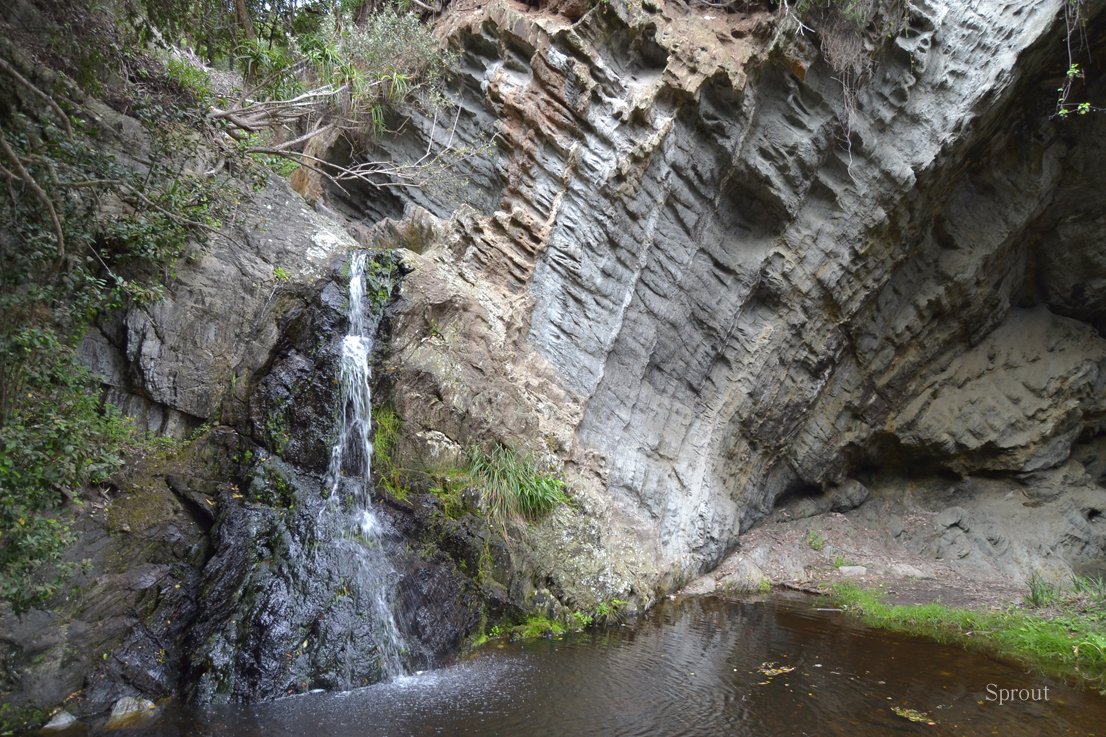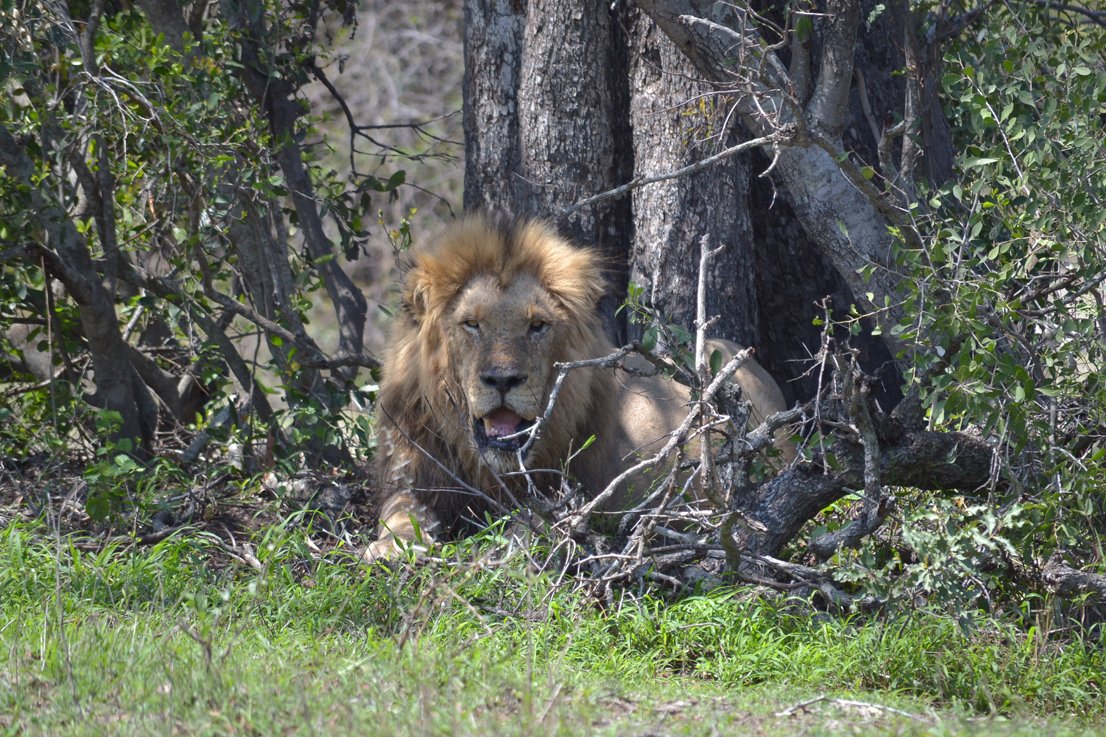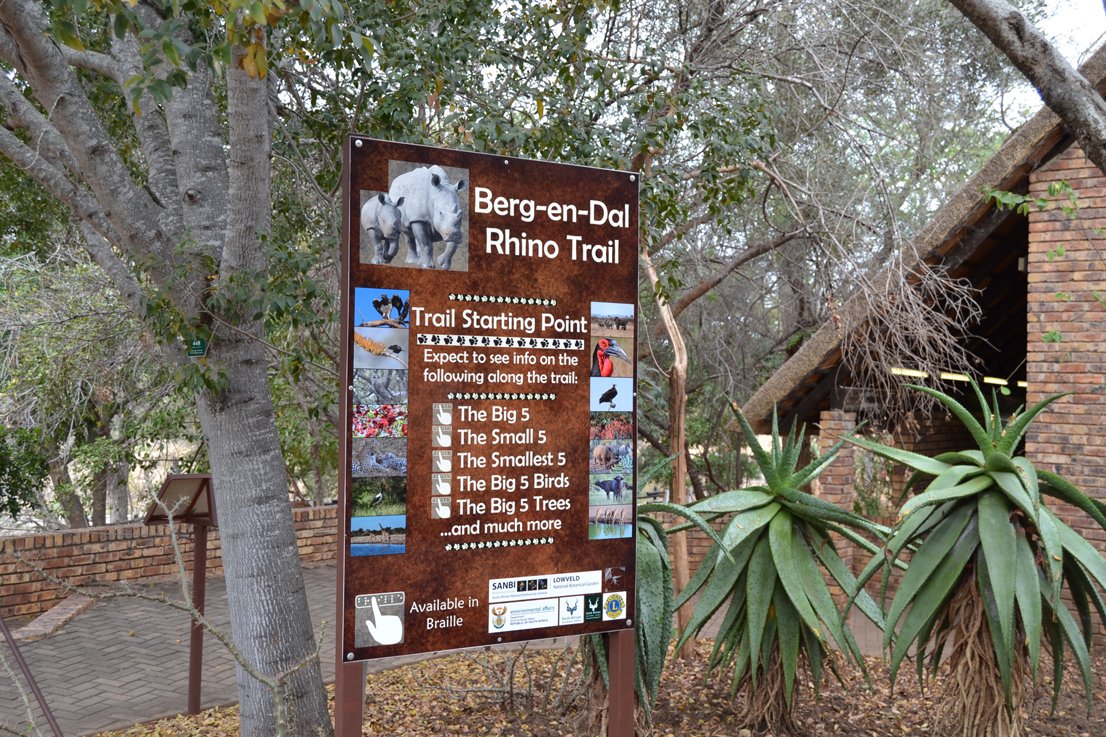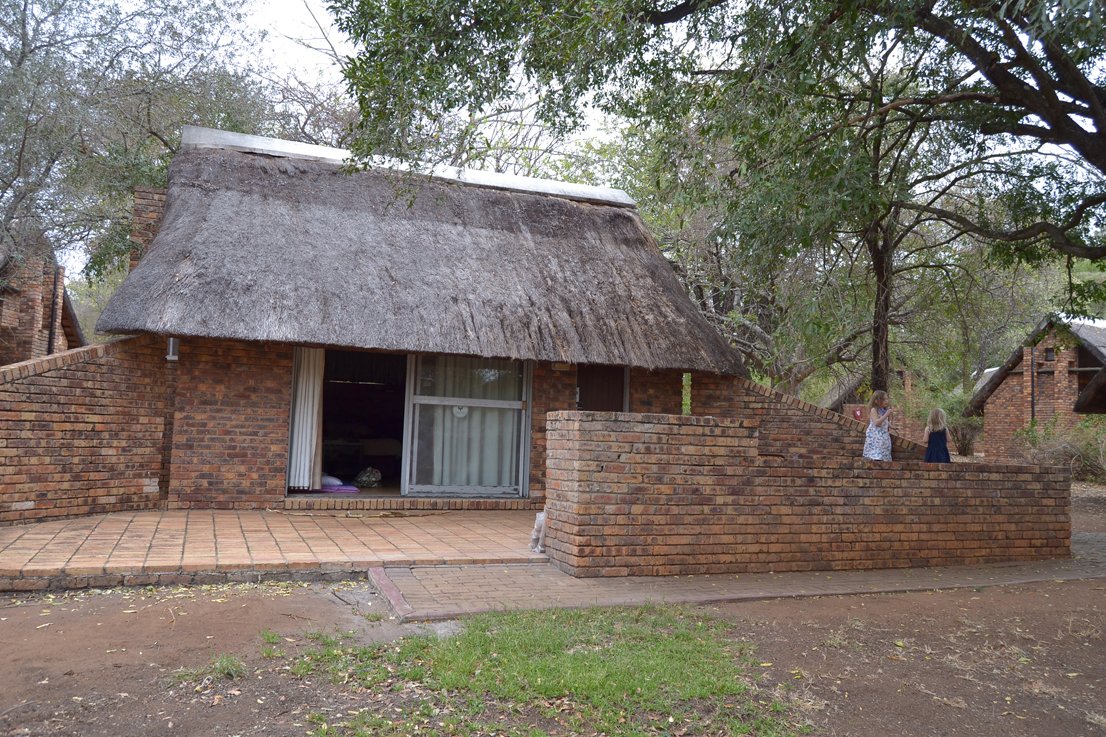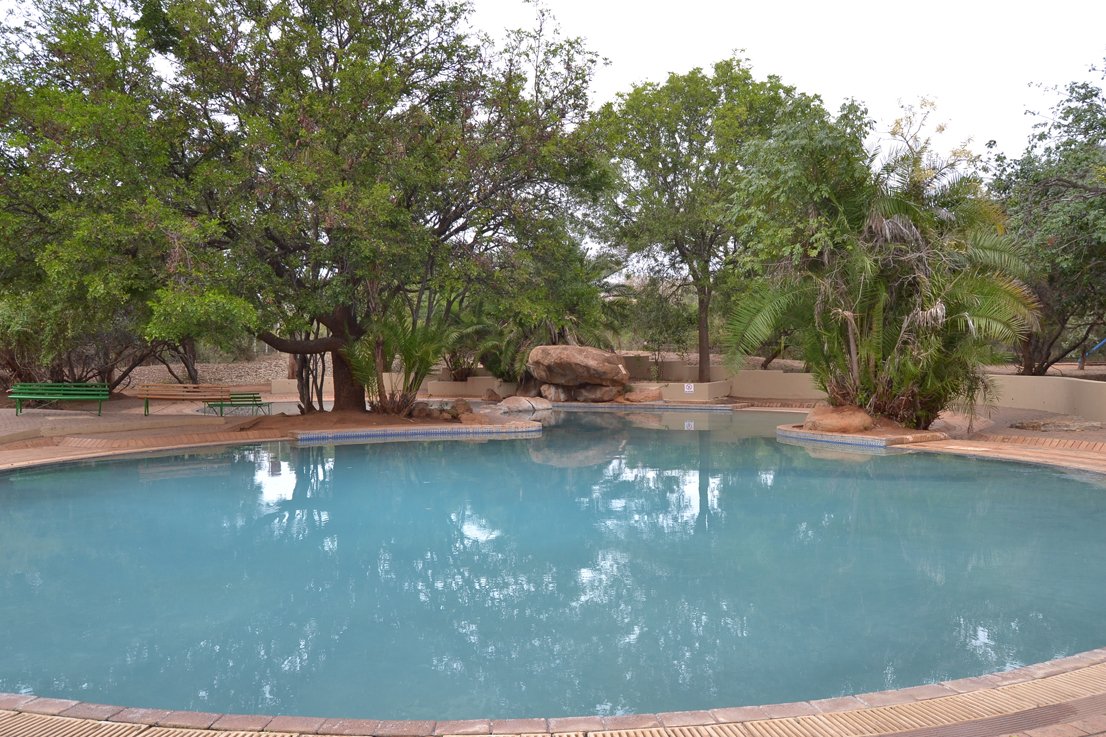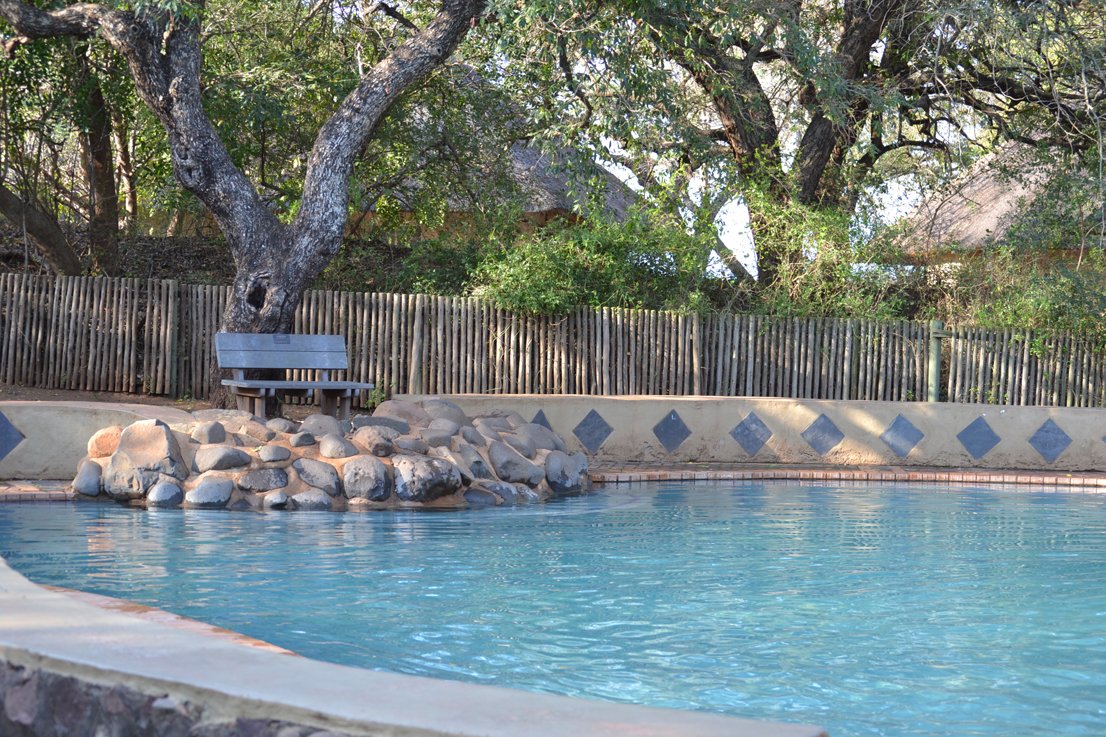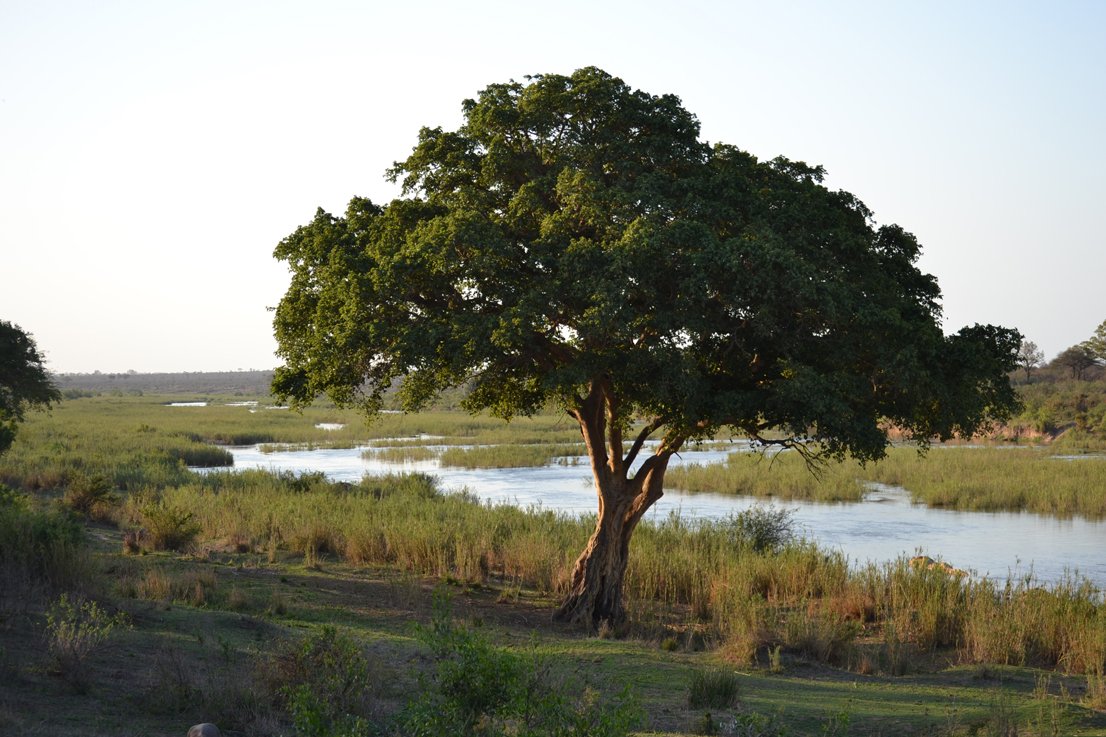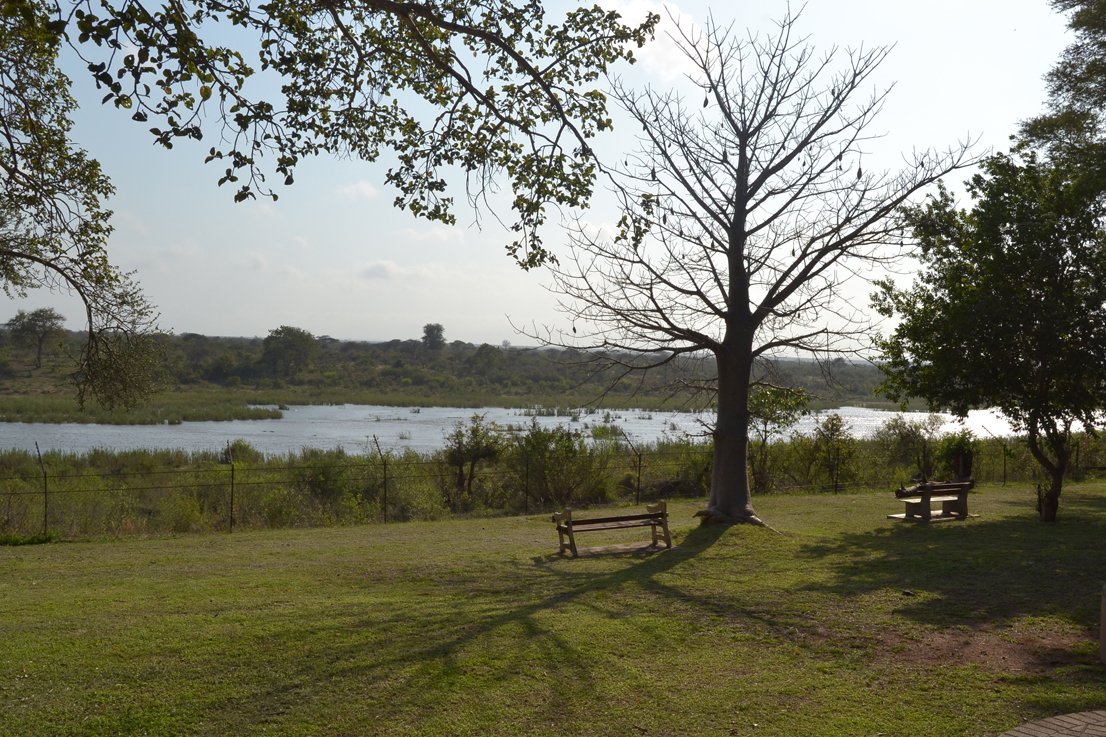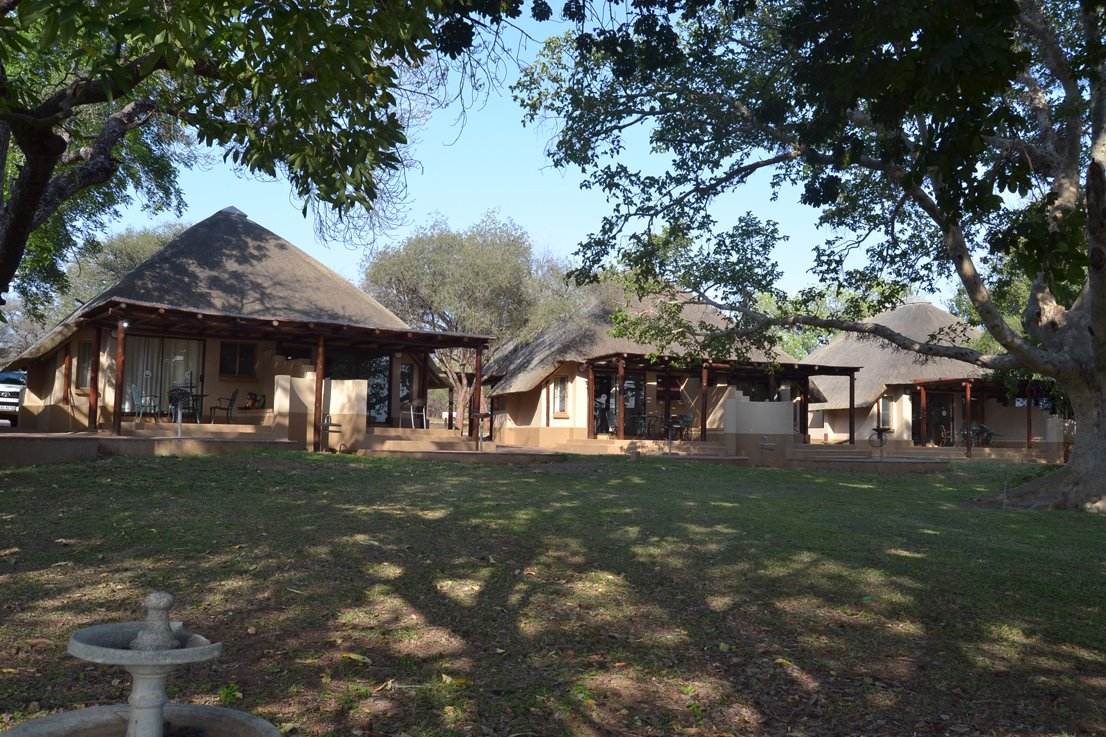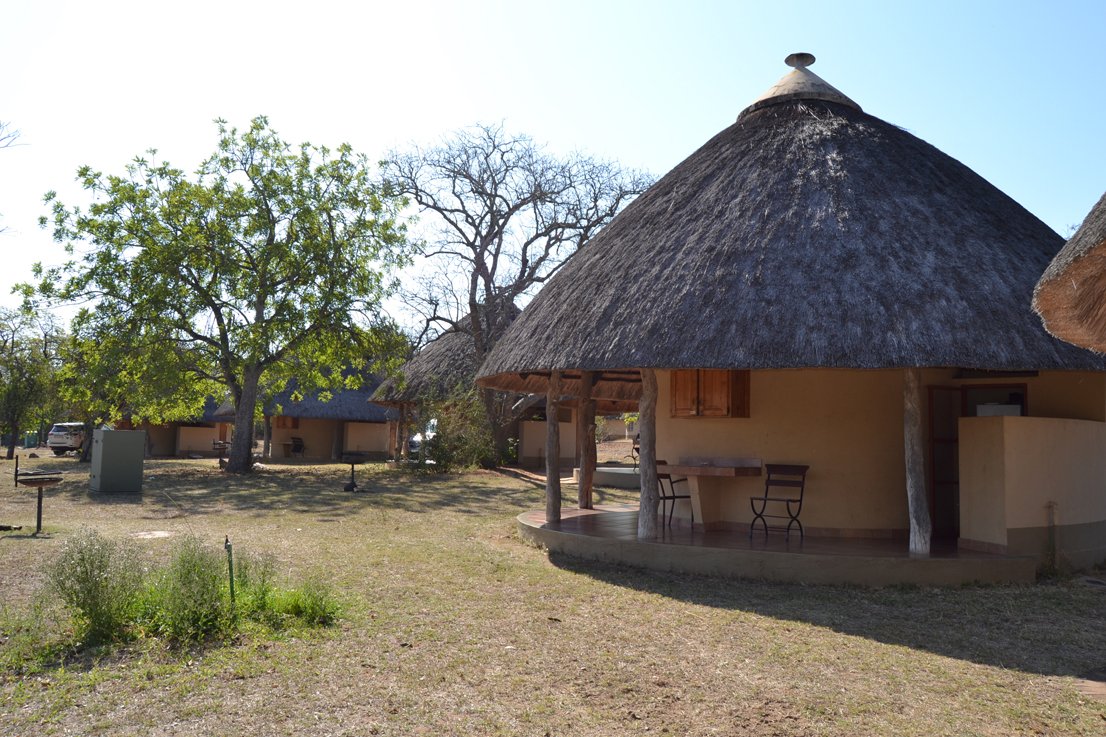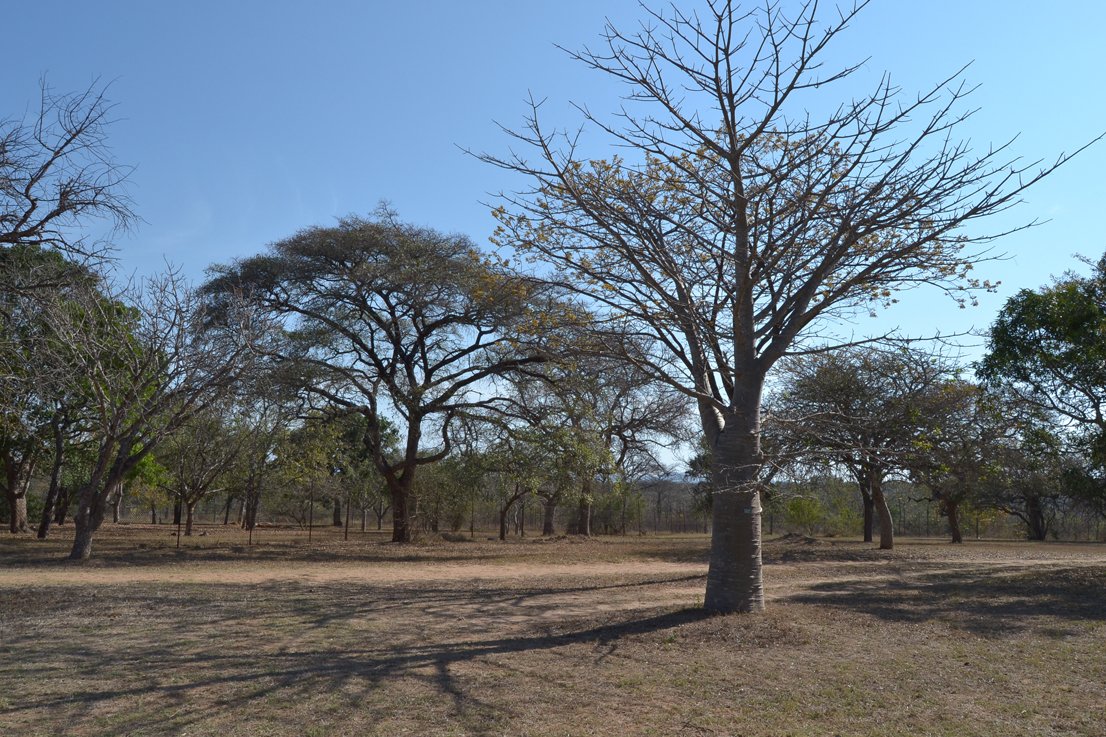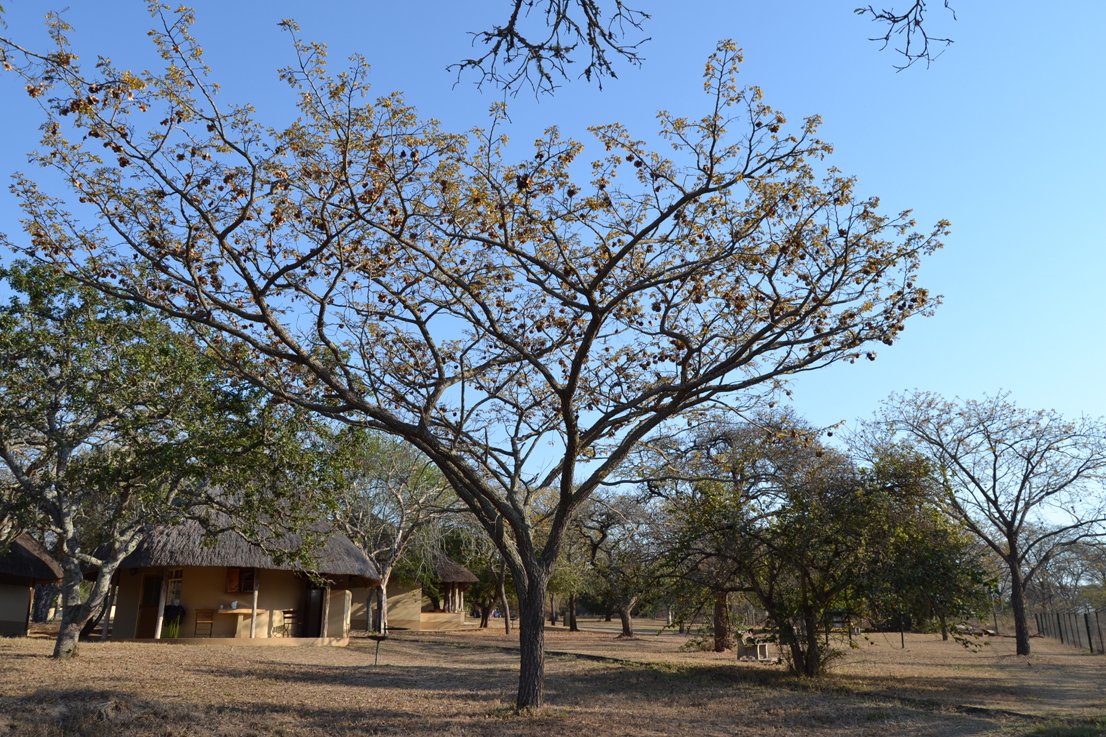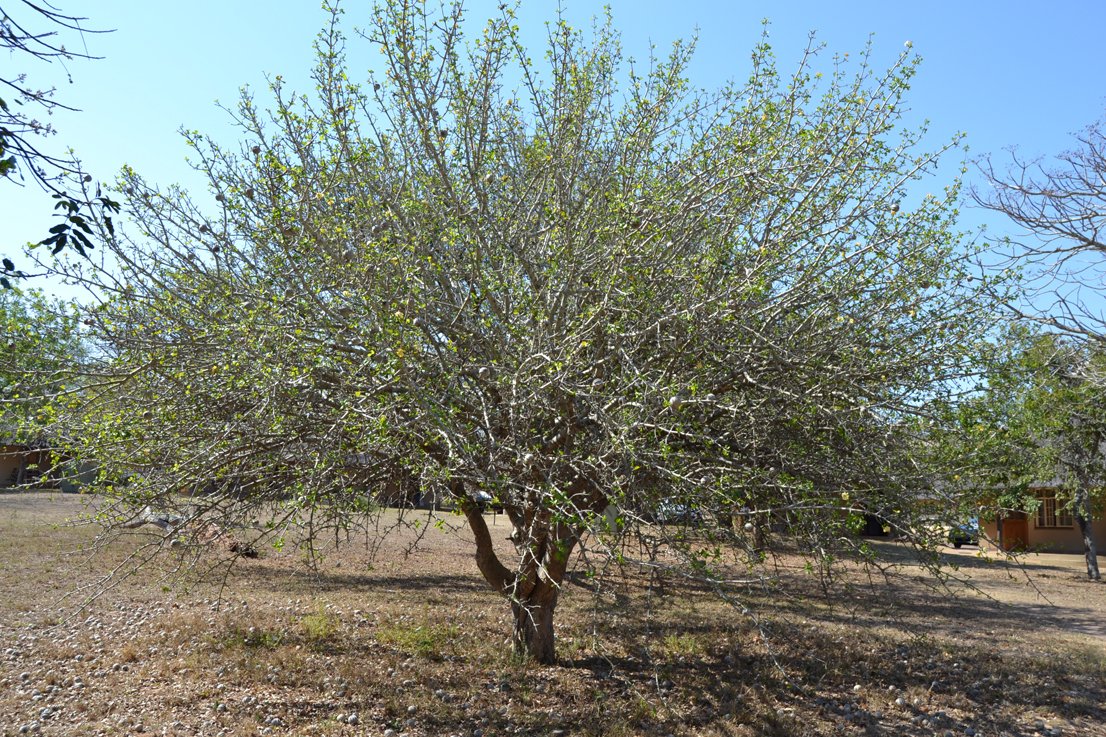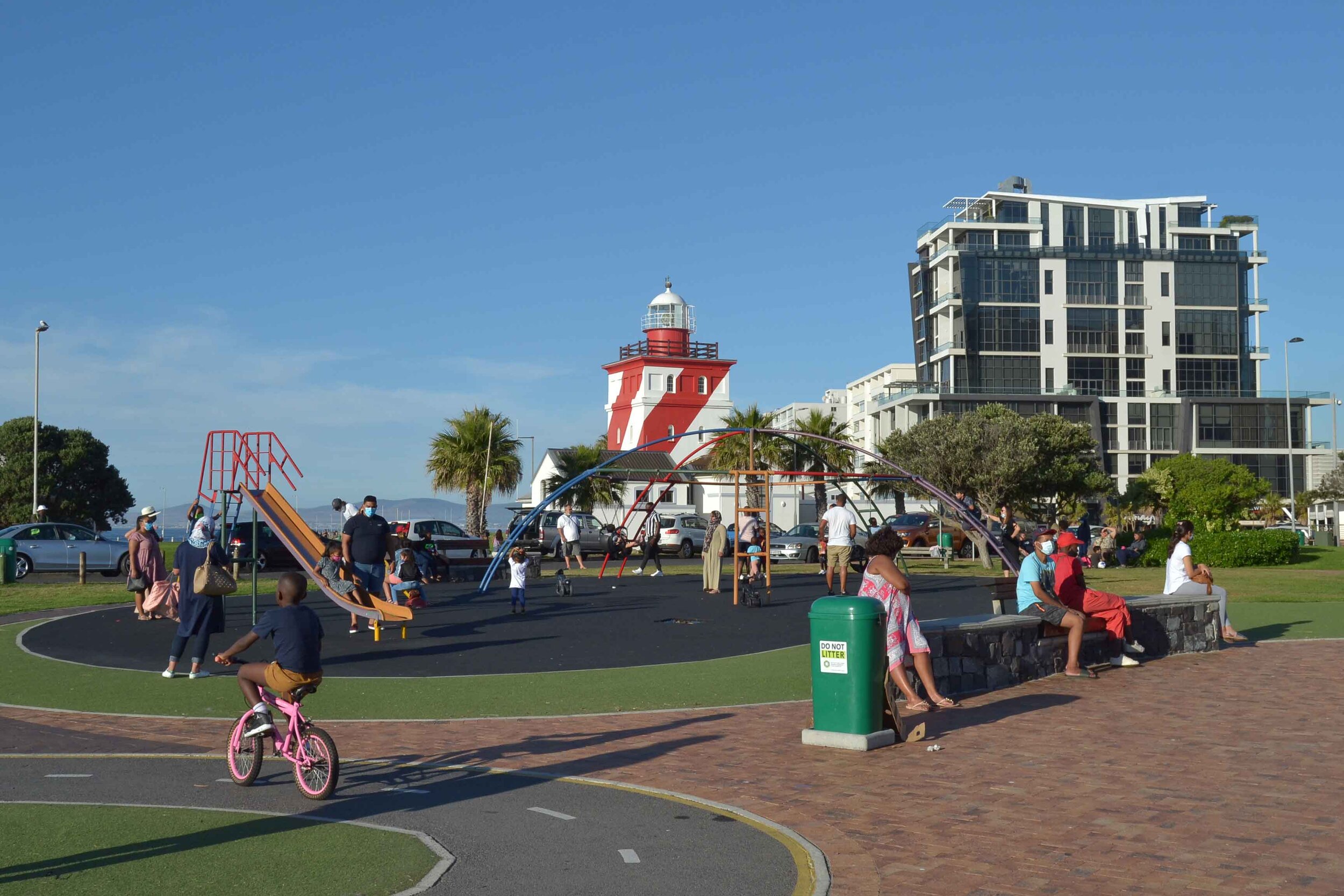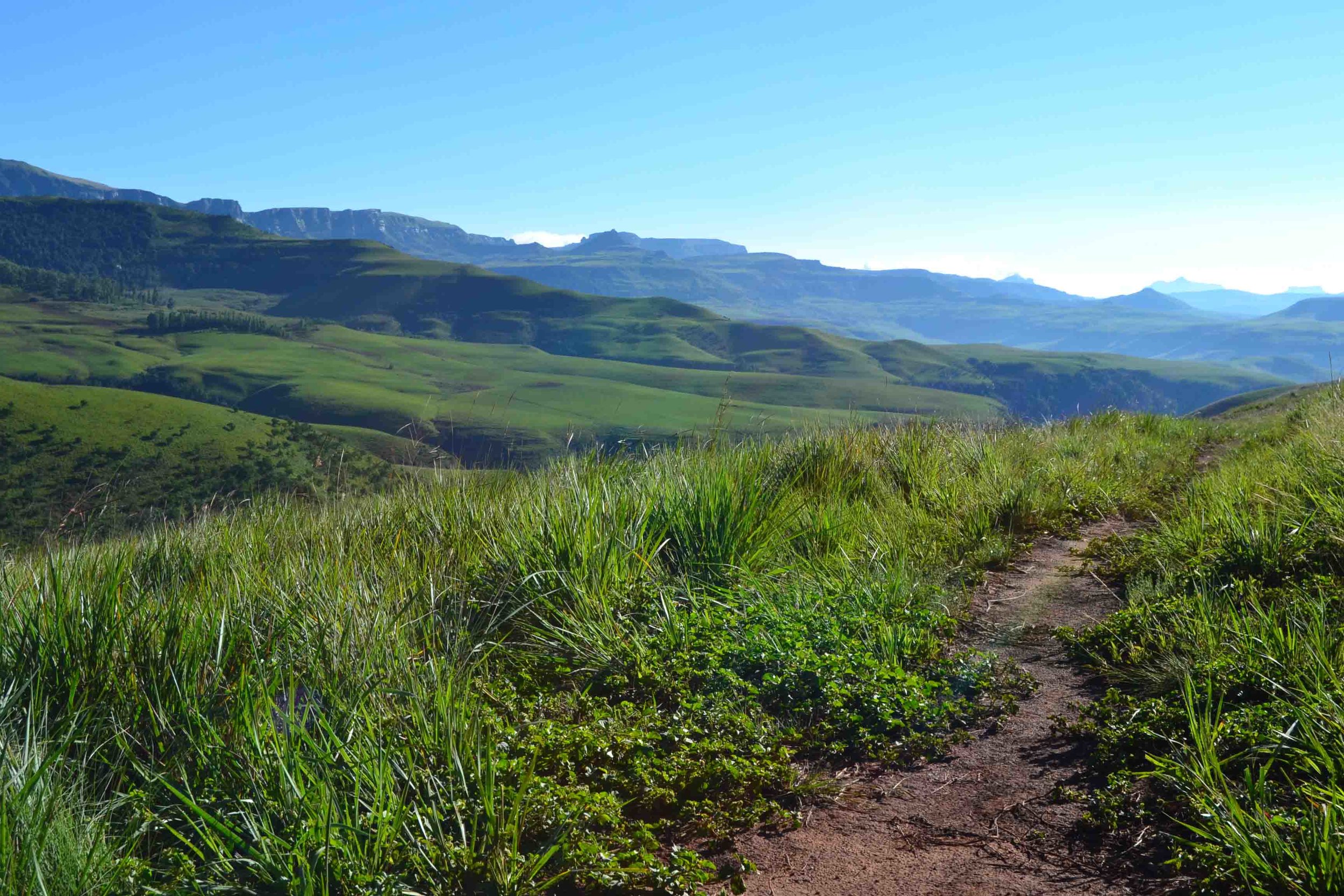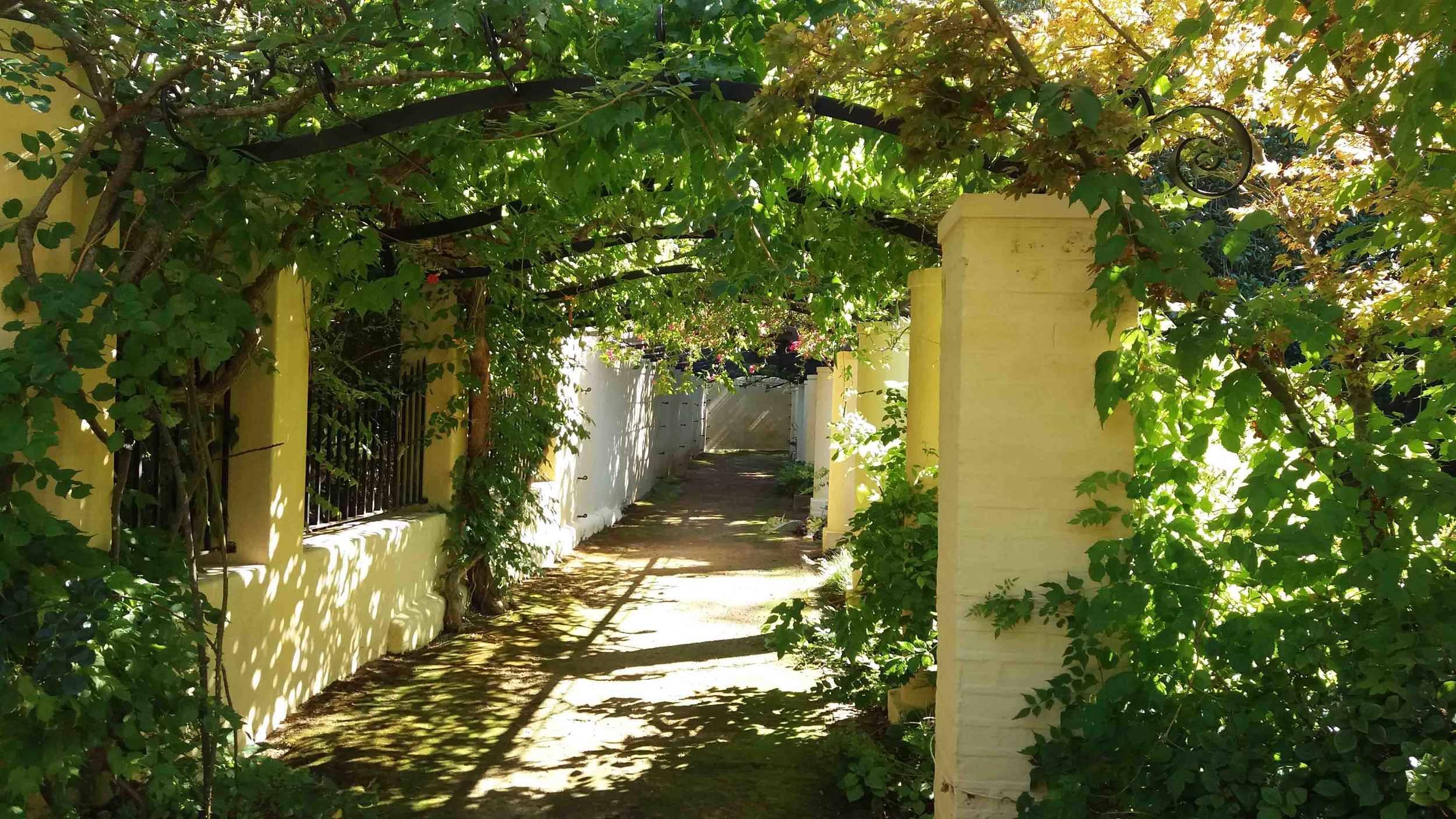Blyde River Canyon
We visited the Blyde River Canyon and stayed at the Swadini Forever Resort in Mpumalanga earlier this year and it was an amazing nature experience. The resort has a breathtaking setting as it sits at the foot of an impressive mountain and the Blyde River runs adjacent to the property.
Swadini Forever Resort Chalets with mountain backdrop and beautiful trees
There is a lot to do at the resort including hiking, bird-watching, tree spotting, swimming, tennis and putt-putt. The Kudu hiking trail is a short walk along the Blyde River where you can often see hippos which are fortunately prevented from entering the resort with a low electric fence. Kudu can easily hop over the electric fence so they often roam the grounds. While it is exciting to see wild animals unfortunately baboons have become a problem and often come into the chalets to steal food. Visitors are advised to keep windows closed and food out of sight. There is a lovely pool area with a heated swimming pools and slides and we enjoyed our time at the pool. The well equipped convenience store meant we could stock up on firewood, ice and of course ice-creams.
The resort has a bird list, butterfly list and tree list that is available from reception. Their tree list has 134 species recorded and there is a separate area which is called the Swadini Arboretum which has 52 species listed. Most of the trees on the grounds have tree tags on them which makes identifying and appreciating them all the more enjoyable.
Kirkia acuminata (White Seringa)
Here is a list of the Trees to be seen at Swadini
Combretum hereroense (Russet Bushwillow)
A short drive down the hill from Swadini Forever Resort is the Blyde River Canyon where you can book a boat cruise to go on the Blyde River Dam. We thoroughly enjoyed the boat trip through the Blyde River Canyon which was a unique and beautiful experience. The Blyde River Canyon is the third largest Canyon in the world after the Grand Canyon in America and the Fish River Canyon in Namibia. The boat trip takes about an hour and you can bring your own refreshments along (no alcohol). Our tour guide shared informative facts with us about the canyon as well as the Three Rondawels and the unique Tufa Waterfall. The area surrounding the canyon is the Blyde River Nature Reserve which means that the wildlife and birdlife is prolific. We saw crocodiles, hippos, a leguaan and lovely birds from our boat including Trumpeter Hornbill, HalfCollared Kingfisher and Fish Eagle.
Remember that for the Boat Cruise you need to book and pay in advance as internet signal is not the best once you are there. You can choose between morning or afternoon time slots. There is a conservation fee that needs to be paid at the entrance to the Blyde River Nature Reserve. We came back later that same day (the entrance fee gives you access for the full day) to visit the Waterfall which is a short walk along a lovely forest path. The water was ice cold but some people were brave enough to swim! I highly recommend doing the boat cruise and waterfall hike for an unforgettable nature experience.
So if you visit Swadini be sure to:
1. Explore the resort and see its impressive trees (spot the Euphorbia growing out of the Cussonia)
2. Walk along the BlydeRiver on the Kudu Trail and try and spot some hippos
3. Book a Boat Cruise on the Blyde River Canyon










